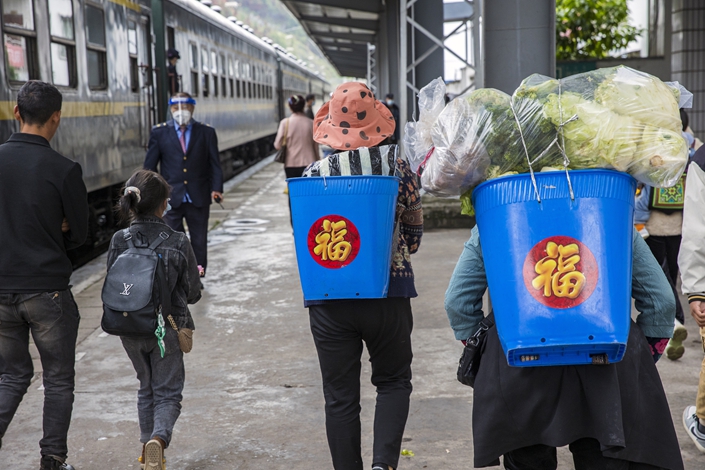
China plans to roll out new rules to expand special social assistance to more people having trouble making ends meet, a move that could benefit some 63 million people currently being tracked as part of the country’s poverty eradication campaign.
The new rules will apply to around 6.1 million people on the cusp of qualifying for China’s basic living allowance, as well as another 6.8 million under temporary financial strain, according to Liu Xitang, head of the Department of Social Assistance at the Ministry of Civil Affairs. That’s on top of the 45 million poor who already receive some form of government assistance.
The special assistance will come in the form of housing, education, medical care and employment aid, Liu said during a forum over the weekend hosted by the China Association of Social Security.
The Ministry of Civil Affairs is still working out the details of the measure, Liu said, without giving a precise date of when they might be introduced.
There is no uniform definition for a low-income person or household in China. In 2019, the head of the National Bureau of Statistics Ning Jizhe defined a middle-income household as one consisting of three people that earns 100,000 yuan ($14,000) to 500,000 yuan a year.
In July 2021, the ministry developed a national low-income population monitoring system in an effort to consolidate the country’s efforts to eradicate poverty. So far, they have gathered information on 63 million people, or 4.46% of China’s population. Liu expects the number to grow to 5% as the tracking continues.
The ministry will also provide emergency assistance to vulnerable groups that experience temporary financial difficulties, such as rural residents affected by the pandemic, Liu said. Roughly 80% of the 63 million being tracked reside in rural areas.
Contact reporter Kelly Wang (jingzhewang@caixin.com) and editor Michael Bellart (michaelbellart@caixin.com)
Get our weekly free Must-Read newsletter.







